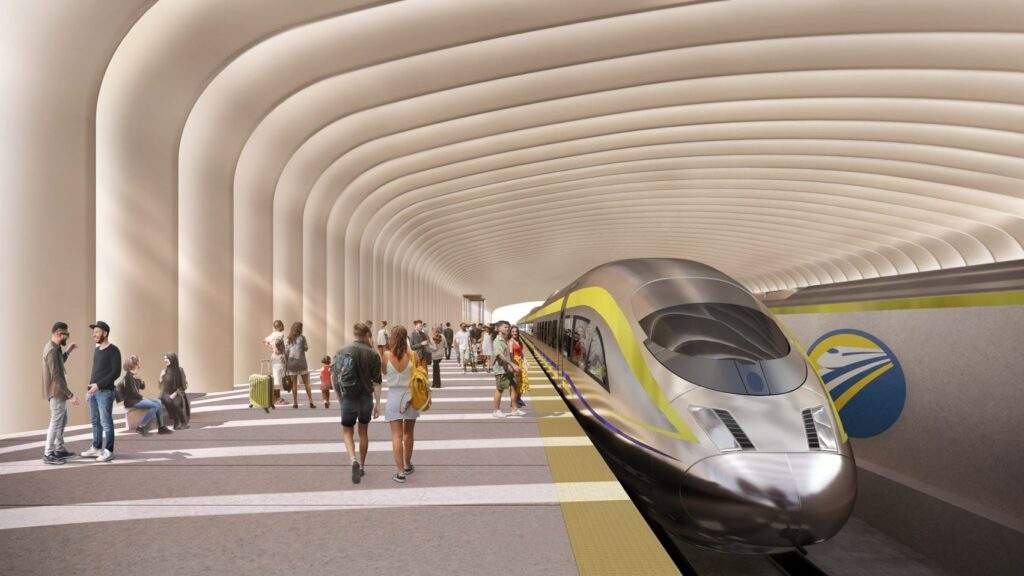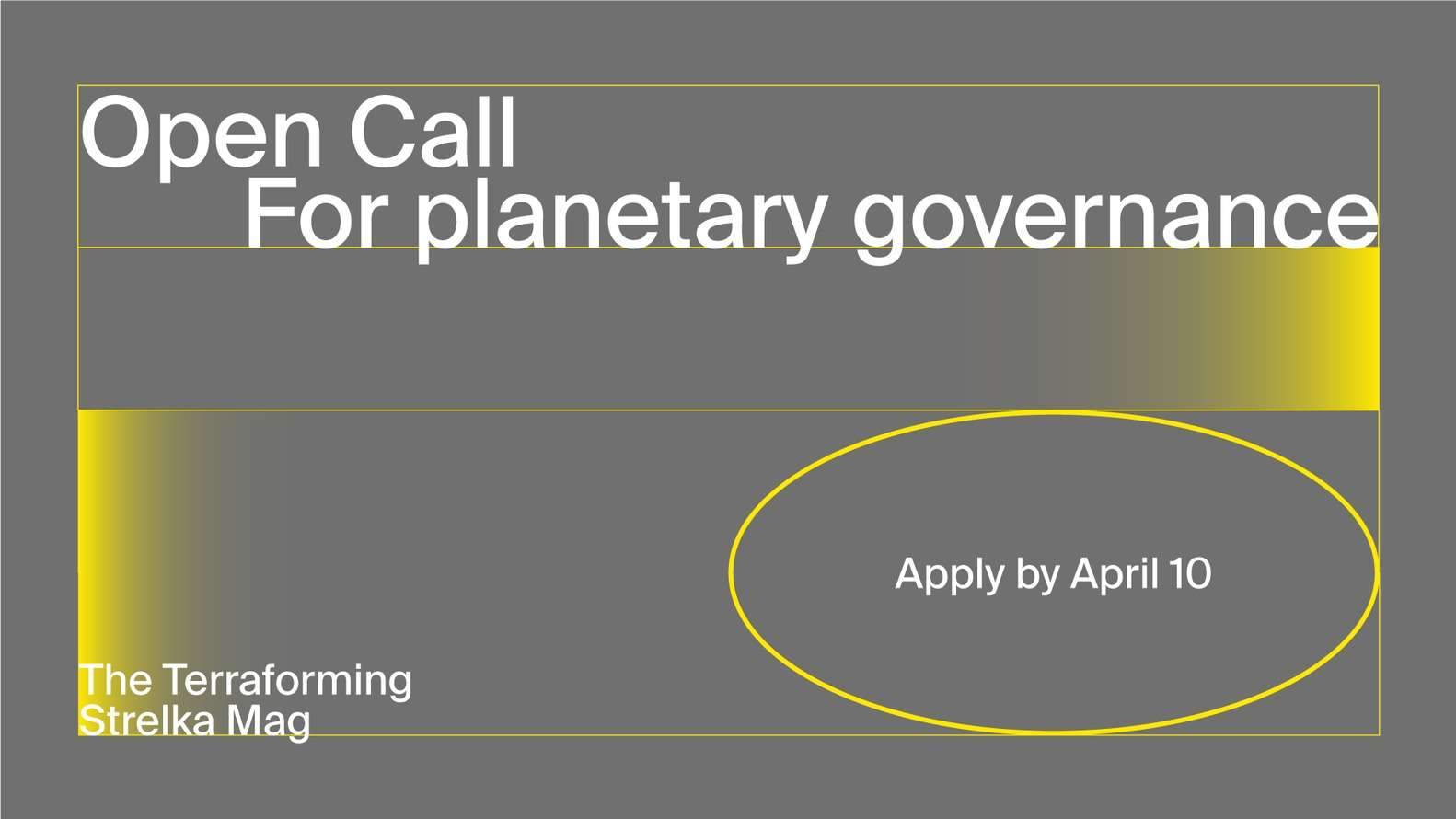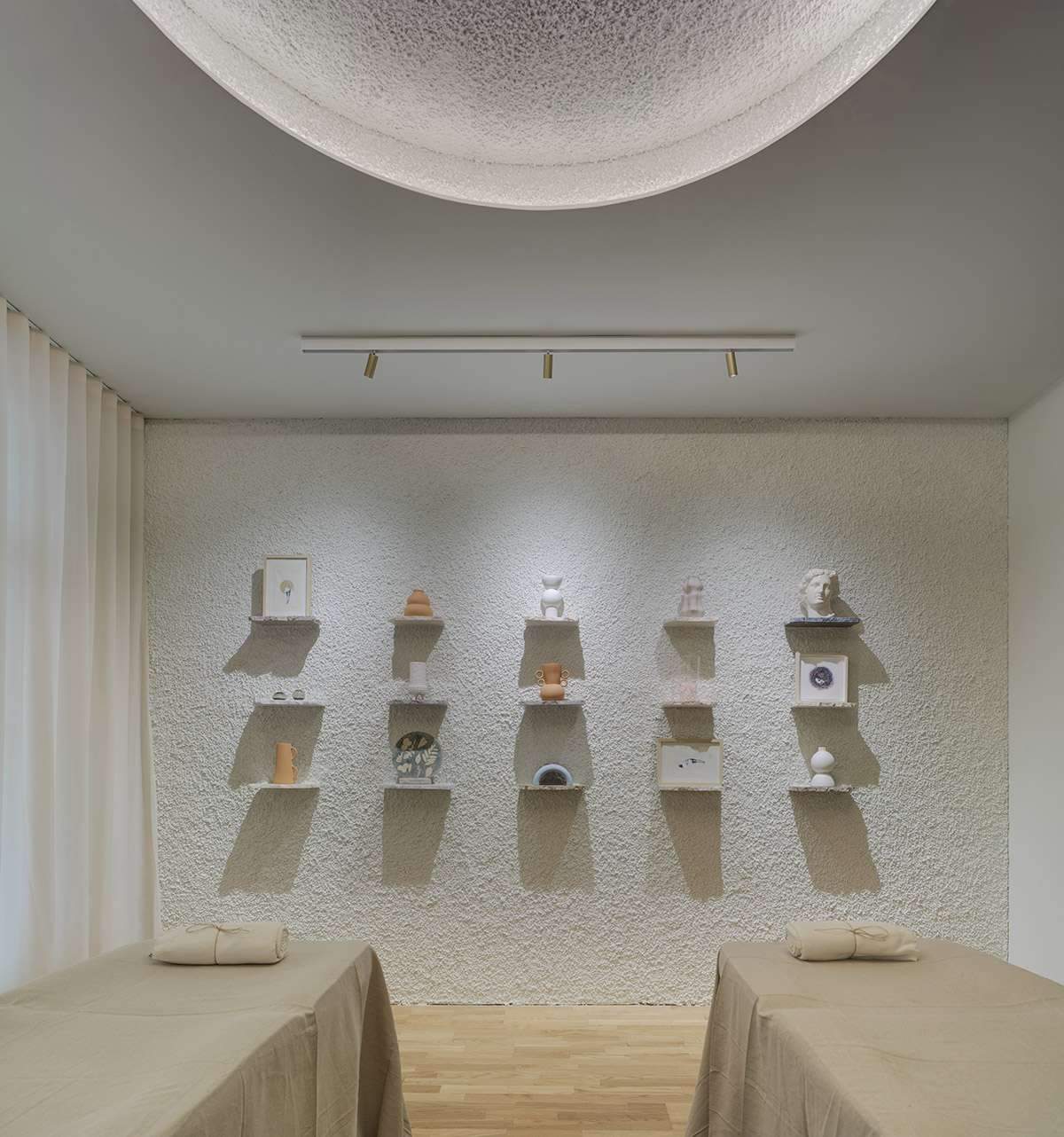Designs Revealed for California High-Speed Rail Stations
The first train stations of the California High-Speed Rail line, which is expected to be the country’s first high-speed rail system, have designs by Foster + Partners, Arup, and Page & Turnbull displayed. These stations are in Merced, Fresno, Kings Tulare, and Bakersfield. They are a part of Phase 1 of the project that connects San Francisco to Los Angeles across the Central Valley.
The architectural idea is characterized by a cohesive design language that prioritizes sustainability and seamlessly blends in with the surrounding natural surroundings and historical context. Foster + Partners and Arup created concepts that are distinguished by large steel canopies, which create buildings that let in natural light while shielding people from the sun. According to Stefan Behling of Foster + Partners, the stations are designed to include skyscraper canopies that complement the project’s overall environmental objectives.
Fresno Station Design
An elevated pedestrian bridge that links Chinatown and Downtown Fresno, close to Mariposa Street, is part of the station’s architecture in Fresno. The 1872 historic depot, a Queen Anne-style structure included in the National Register of Historic Places, is also being restored at this station. Under Page & Turnbull’s management, the depot’s historic architecture will be preserved as it is updated to meet modern fire, safety, structural, seismic, and accessibility criteria.
Merced Station Design
A pedestrian bridge connecting downtown and acting as the primary connector to the larger San Francisco Bay Area is a component of the Merced station design. The station represents the city’s expanding educational institutions and its historical ties to Yosemite Valley. It also features an adaptable outdoor plaza on 16th Street.
Kings Tulare Station Design
Located right beneath the rails, the Kings Tulare station features a huge outdoor plaza that is intended to facilitate transportation for cars, buses, and bicycles. The Central Valley’s seamless travel experience is the goal of this concept.


Bakersfield Station Design
The station in Bakersfield, which is where the route ends in the south, has connections to Anaheim and Los Angeles. Underneath elevated tracks are shaded outdoor plazas featuring amenities. The plan establishes a linear park with shaded public areas and recreational amenities that links Bakersfield’s downtown to the Kern River Corridor.
Project Scope and Challenges
Travel between San Francisco and Los Angeles will soon take less than three hours thanks to the Central Valley section of the high-speed rail. This section is a part of a bigger plan to connect up to 24 stations and over 800 miles of track as part of the California High-Speed Rail project, which will eventually reach San Diego and Sacramento.
Even with these improvements in design, the project has encountered several difficulties since it was first proposed in 1979, including financial problems and political concessions that have driven up the costs to an estimated $100 billion. The Central Valley line is currently under development, with numerous viaduct structures and overcrossings scheduled to open for service in 2030.
Public Engagement
From July 12 to July 28, the California State Fair in Sacramento will provide a chance for the public to interact with train authorities and examine the designs of the rail stations. As the project advances, this involvement attempts to promote transparency and collect community input.
The station designs created by Arup, Page & Turnbull, and Foster + Partners mark a major advancement in California’s transportation infrastructure modernization and improvement. In addition to providing effective and sustainable transit options, these stations are meant to create lively, useful public areas that are seamlessly connected with the local communities.


Photos: Foster + Partners
Finally, find out more on ArchUp:







